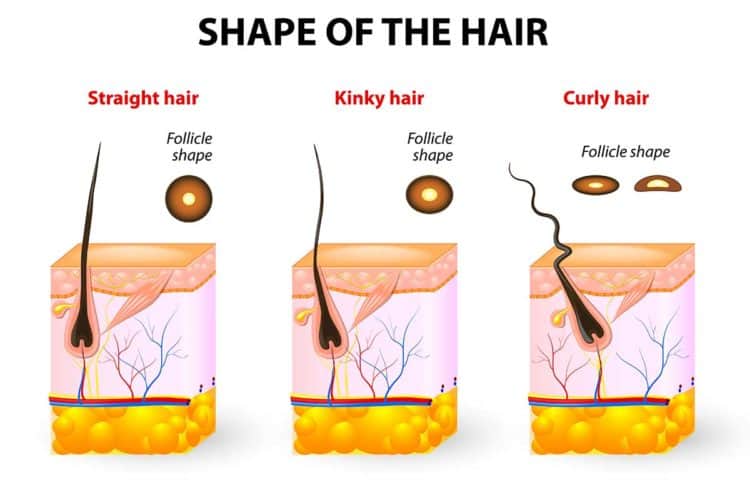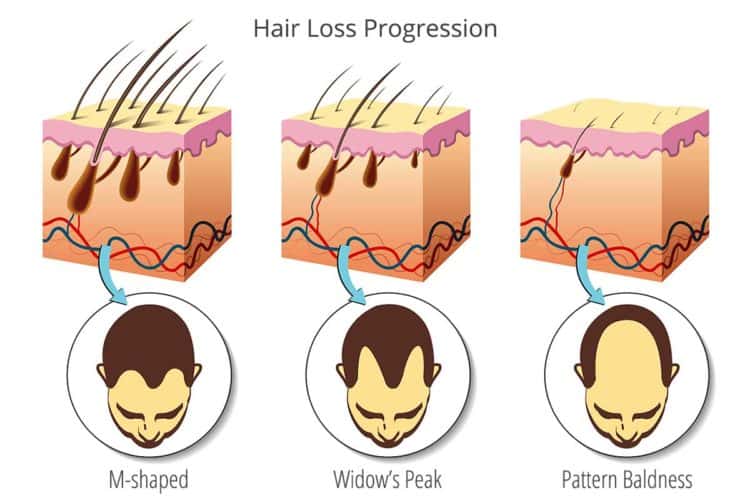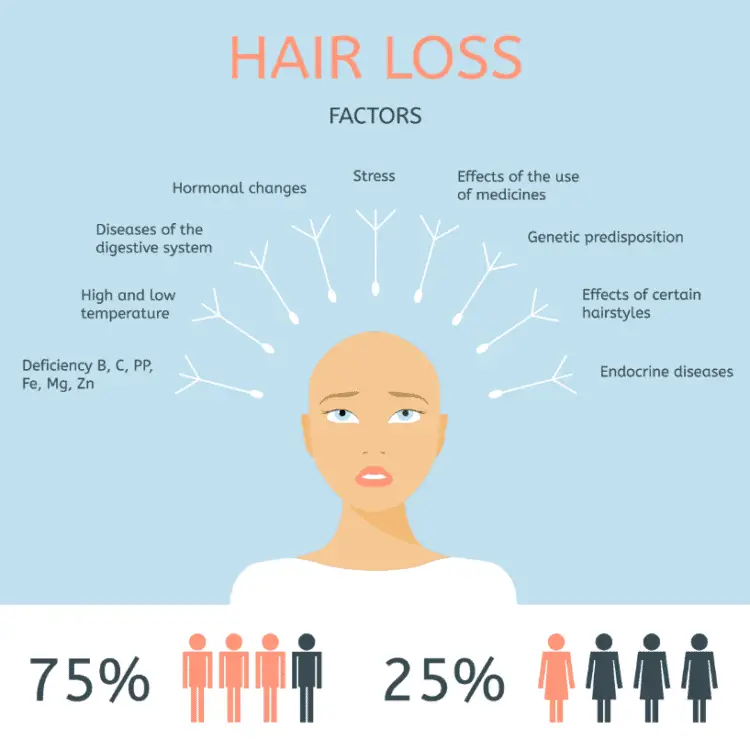We’re all unique in our own way, and our hair and scalp are no different. Human hair follicles are part of the body’s natural genetic make up, and each strand has their own individual characteristics.
Hair genetics are the blueprint for determining hair’s texture, color, growth and susceptibility to pattern baldness. Hair traits are hereditary and passed down by both mother and father with deference to some studies suggesting higher responsibility to the mother’s side for baldness.
We’ll dispel some myths, look at the role genetics play in your hair and see if you’re at risk for balding. Keep reading.
How Does Hair Genetics Work?
From the time of conception, your biological parents give dominant and recessive alleles paired to form each distinct hair gene. Ultimately, it’s the combination of alleles that determines a person’s hair traits.
Myths
- Skips generations. There’s no solid evidence to support this theory.
- Blame mother’s genes for pattern baldness. Since the androgen receptor originates from the X chromosome (2 from your mother and only 1 from your father) it causes a false assumption to blame the mother’s family.
Hair Traits
For better or worse, hair traits shape the many characteristics of our hair, such as shape, color and growth.
Hair Texture (Shape)
Genetics influences hair texture such as:
- Straight hair
- Wavy hair
- Curly hair
- Kinky hair
- …and thickness

Hair Color
Genetics influence hair color, such as:
- Red hair (ginger)
- Blond hair
- Gray hair
- Brown hair
Hair Growth
Genetics plays a major role in hair growth, including density, length and balding disorders.

Pattern Baldness
A study conducted by the National Center for Biotechnology Information studied hair loss on both sides of the family to determine who’s responsible for hair thinning and baldness.
Hair loss is 80% hereditary. Most times, one of your parents, or relatives, had hair thinning genes that passed down to you.
Pattern hair loss can affect men and women alike.

Early Signs
Typically, early hair loss signs start in your late 20s, but in other cases, you could inherit DHT (dihydrotestosterone) conditions, contributing to pattern baldness.
DHT is a male sex hormone that attaches to hair follicles and slowly kills them over time, stifling growth and leading to bald spots.
While the few studies related to male pattern and female pattern hair loss, also known as androgenetic alopecia, have shown hair growth mostly relates to your genes. In other cases, vitamin deficiencies, diseases, and medications also cause hair loss.
Symptoms
There are many signs and symptoms that you’re experiencing hair loss due to genetics, but it could also be age or a health problem.

Here are a few symptoms (not all related to genetics):
- Gradual Thinning: Most men will have a natural maturing hairline as they age. Some will experience a receding hairline and bald spots that form at the crown. This is typically genetic and gets worse as you grow older.
- Circular Bald Spots: If your hair falls out in circular patterns or looks patchy, you could have eczema, dandruff, or another skin condition called alopecia areata.
- Full Body Hair Loss: Chemotherapy for cancer is one reason why you may start losing hair all over. However, this hair typically grows back.
- Patches of Scaly Hair Loss: This is actually symptoms resulting from ringworm. Oozing, swelling, and redness may also be seen on your scalp.
Inherited from Mother
You may have heard that male pattern baldness comes from your mother’s side. If your dad’s bald, it’s likely you’ll end up with hair loss, too, right? That’s not always the case.
Studies have shown in cases, hair loss is genetic. Researchers have also found the balding genes are passed down predominantly from your mother’s side, and in rare cases, the father. With hair loss, both histories of your parents contribute to your hair health.
Still, the hereditary factors are more present in your mother’s side than your father’s side, which suggests an increased likelihood of inheritance.
Inherited from Father
Other studies have shown fathers who are balding passing to their sons. But there could be other factors at work. For example, stress, vitamin or iron deficiencies, poor hair hygiene, and dandruff all contribute to a father’s balding.
When in doubt, seek medical advice. Test DHT levels and discuss hair loss treatments. Doctors may prevent further hair loss through finasteride or minoxidil regimens.
Risk Factors
If your hair has lost its thickness or you find a bald spot forming on the back of your head, you may feel like freaking out, but stress only makes hair fall out faster.
There are many risk factors that contribute to thinning hair. Many treatments also exist, allowing you to stop hair thinning before you shed any more strands.
- Family history and genetics
- Aging
- Hormonal changes
- Medical conditions (such as alopecia areata, an immune system response resulting in hair loss)
- Medications
- Stressful lifestyle
- Poor nutrition
- Vitamin deficiencies
- Hairstyle products and heating tools
If you’re experiencing hair loss, you don’t have to wait to take action. There are plenty of hair products, treatments, diet improvements, and hair growth vitamins that can help. Here are some resources to look into:


